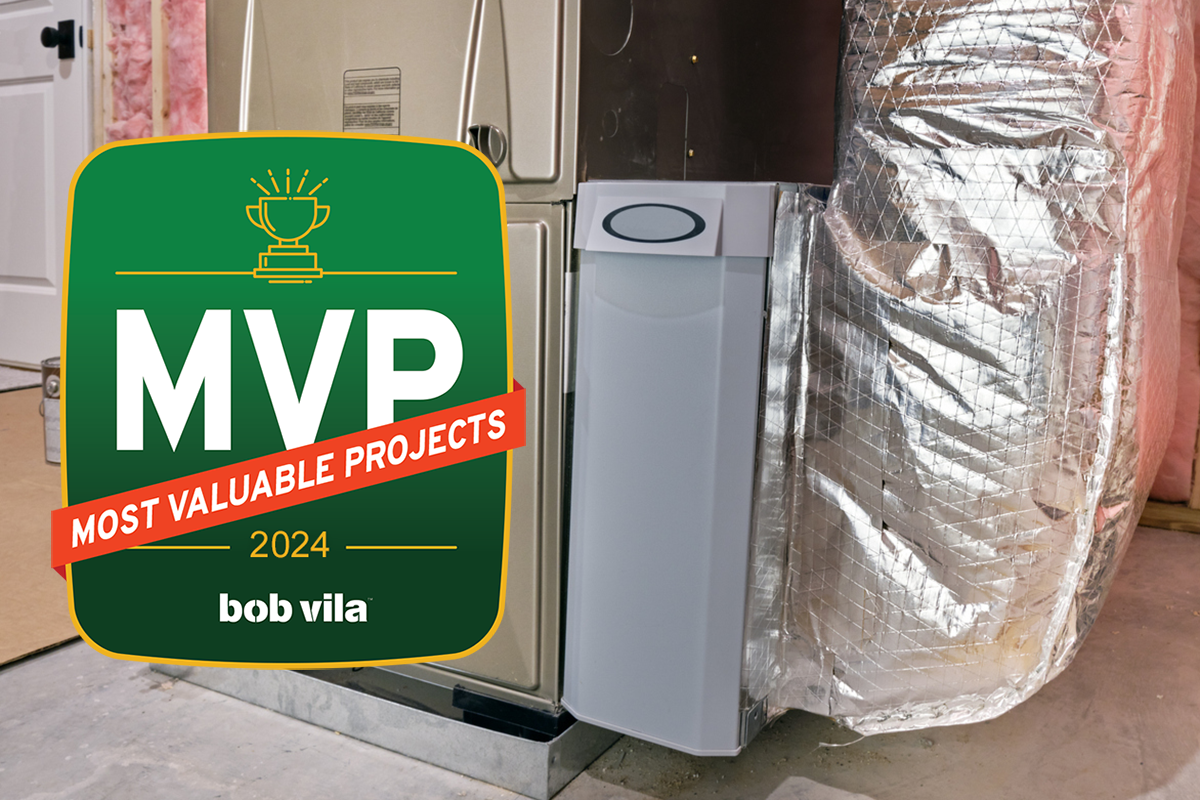We may earn revenue from the products available on this page and participate in affiliate programs. Learn More ›
This is the third installment of Bob Vila’s Most Valuable Projects of 2024, a month-long series featuring high-ROI home improvements on water conservation, electrification, home health, and resiliency. Each week, we’re pulling from our vast library of informational content, vetted shopping guides, and connections to industry professionals to present primers on the top projects to take on this year.
As you’re considering which home improvement projects to undertake, what could be more important than making sure your home offers a safe and healthy place for you and your family to live? Updating existing systems and making some purposeful design and remodeling decisions can help you ensure that your home is as healthy as it can be.
Among other criteria, the National Center for Healthy Housing highlights healthy homes as being clean, dry, well ventilated, contaminant-free, and accessible. According to the National Association of Home Builders, both new home builders and remodelers have been putting a greater focus on creating healthier living spaces. In the survey the association conducted, creating healthier indoor living environments is a top practice for 49 percent of new home builders and 51 percent of remodelers.
As a bonus, many of these healthy home upgrades can increase your home’s value or make you eligible for tax credits or rebates.
Air Purification
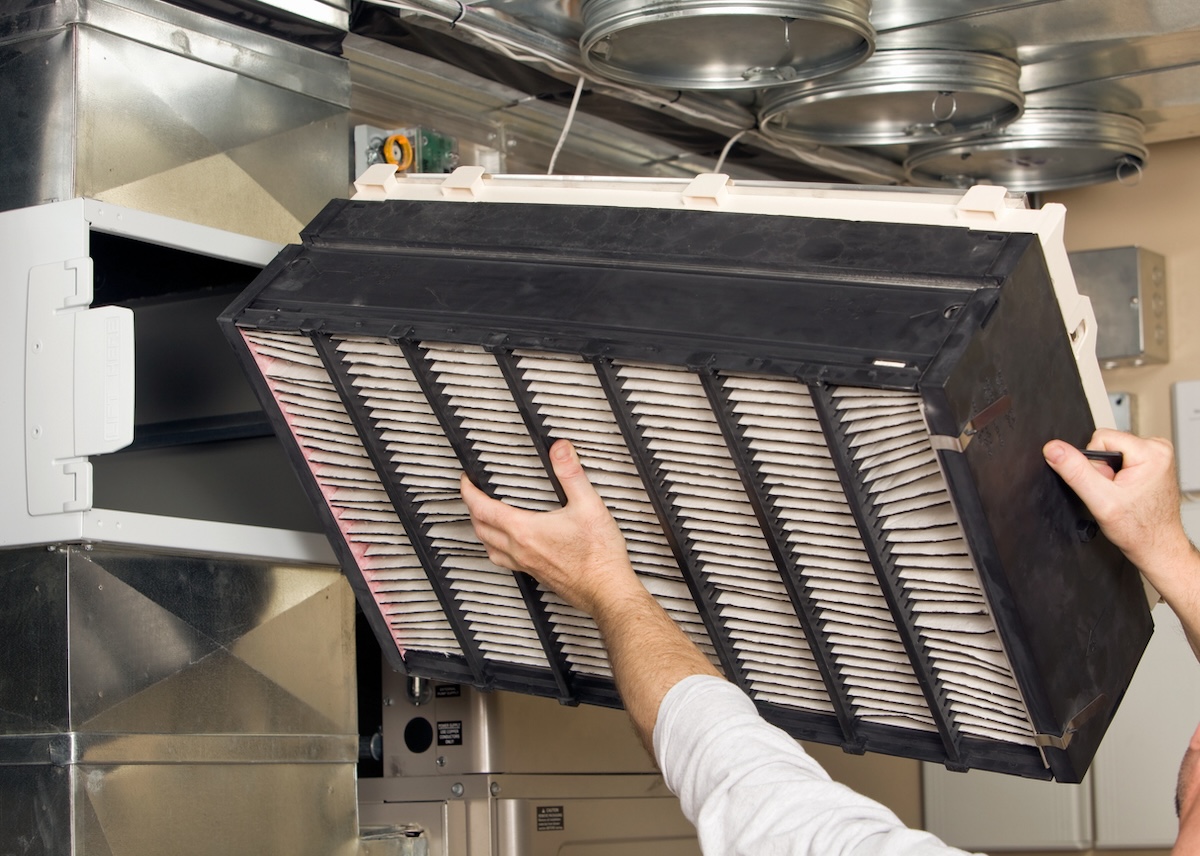
Breathing in pet dander, germs, mold, smoke, and other pollutants can cause potentially serious respiratory and other health issues and aggravate allergy symptoms. Air purification systems can remove many of these contaminants, providing cleaner air to help everyone in the home breathe more easily. While you can purchase individual air purification units, you would have to purchase multiple units to clean the air in every room. Even if you only want to have an air- cleaning unit in the room where you are spending time, they can be cumbersome to move between spaces.
With a whole-home air purification system, you don’t have to worry about moving units around. The purifiers use HEPA filters (high-efficiency particulate air filters) combined with electrostatic and ultrasonic features to trap pollutants found in the air and keep them from recirculating through the home.
Investing in a whole-home air purification system can offer additional benefits. They can save you money in the long run, costing less than you’d spend purchasing multiple filters or several portable units. Moreover, with cleaner air running through your HVAC system, its efficiency may be improved, and you could end up spending less on maintenance.
MORE ON AIR PURIFICATION:
➤ How to Test Air Quality in Your Home
➤ How Much Does a Whole-House Air Purifier Cost?
➤ 8 Things Homeowners Should Know About HEPA Filters
➤ This Is How Often to Replace Air Filters in Your Home
➤ The Best Home Air-Quality Monitors, Tested
Ventilation
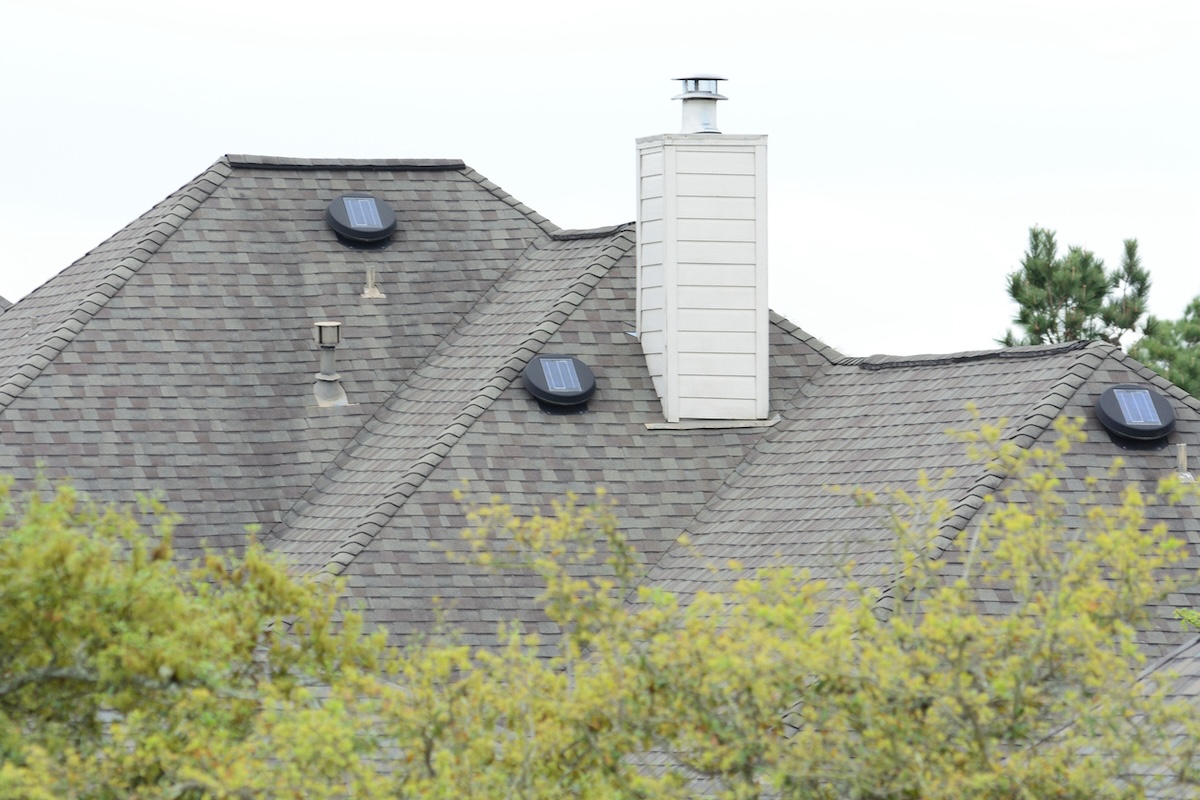
According to the American Lung Association, indoor air has up to five times as many pollutants as outdoor air. Without proper ventilation, gases, odors, moisture, and various other contaminants can build up inside a home, potentially causing health issues or increasing allergy symptoms. With proper home ventilation, cleaner air that’s brought in from outdoors can help reduce the buildup of these pollutants, decreasing the risk of health concerns and easing allergy symptoms.
While opening the windows can let fresh air into your house, it isn’t always feasible and may not be sufficient. Ventilation systems, such as whole-home dehumidifiers, bathroom fans, or attic fans, offer more consistent ventilation and can help improve your indoor air quality. The U.S. Department of Energy also offers rebates of up to $1,600 for many air ventilation systems.
MORE ON VENTILATION:
➤ Attic Ventilation 101: What All Homeowners Need to Know
➤ The Best Attic Fans You Can Buy
➤ How Much Does It Cost to Install an Attic Fan?
➤ The Best Whole-House Dehumidifiers for Summer Comfort
➤ The Best Bathroom Fans for Moisture and Humidity Control
➤ Ducted vs. Ductless Range Hood: Which Is Best for Your Kitchen?
Water Filtration
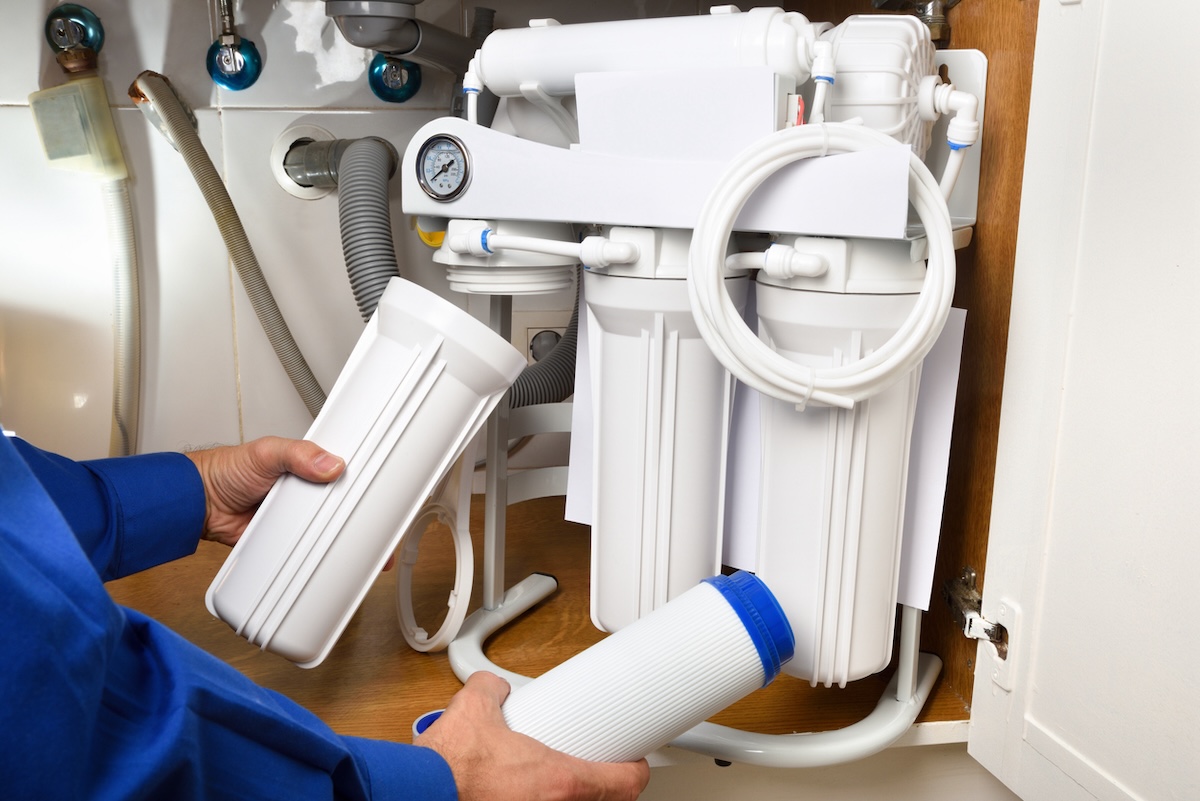
Investing in a water filtration system is another healthy home upgrade that you might want to consider. As the name implies, these systems use filters to remove contaminants from water, making it safer and healthier for drinking. There are different types of water filtration systems, and the best choice for you will depend on your home’s plumbing and the specific contaminants you need to remove.
The Centers for Disease Control and Prevention (CDC) recommends looking for NSF-certified filtration systems. With these products, you can use the NSF database to research which contaminants each system is certified to remove from the water, ensuring you make the best choice for your specific needs. Keep in mind that every system is different and that not all systems will remove the same contaminants. Moreover, the CDC also cautions against removing all substances from water. For example, chlorine is important to prevent germs and bacteria from contaminating the water.
MORE ON WATER FILTRATION:
➤ Well Water vs. City Water: What’s the Difference?
➤ The Best Whole-House Water Filters
➤ The Best Well Water Filtration Systems
➤ How Much Does a Home Water Filtration System Cost?
➤ The Best Reverse Osmosis Water Filters
Universal Design
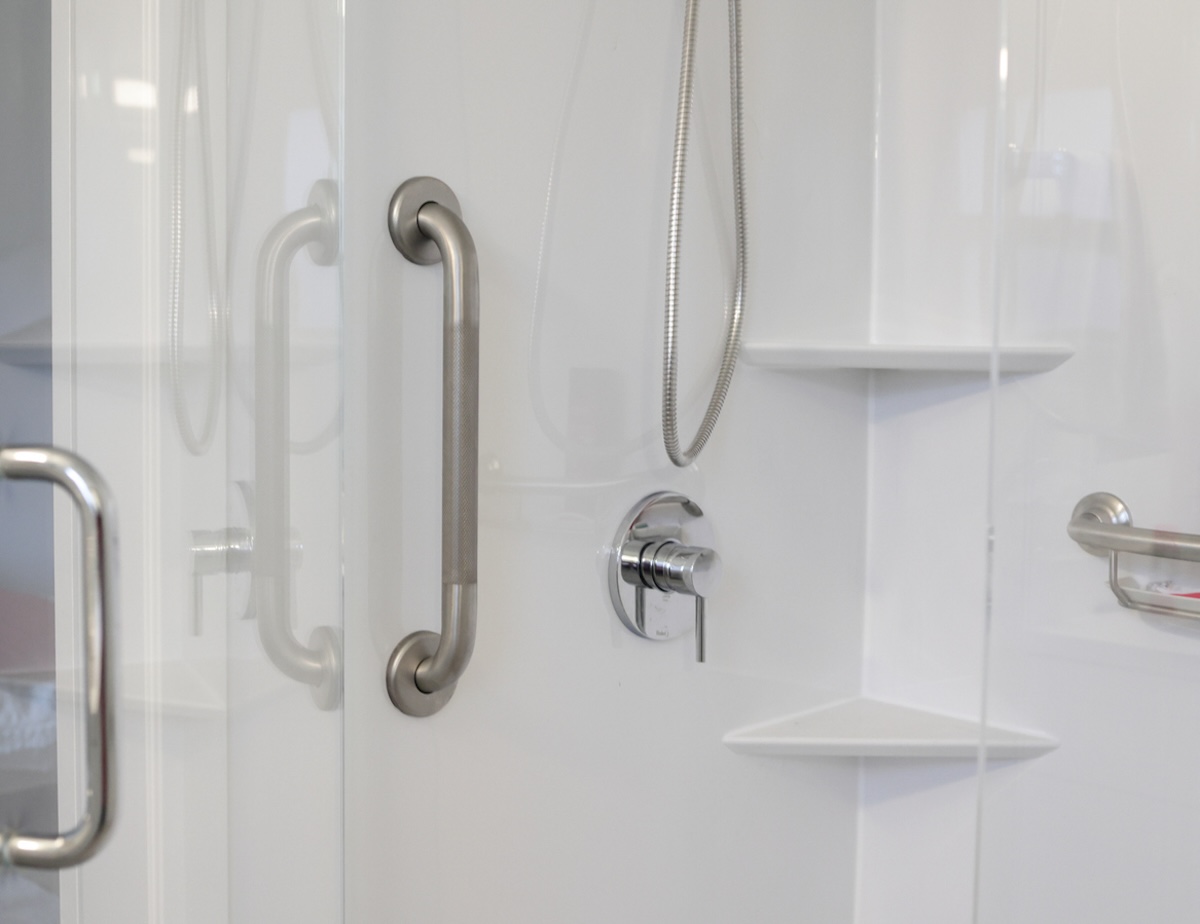
In the same way that a ramp leading up to a building entrance can benefit more than just those in wheelchairs (such as parents pushing a stroller or someone riding a bike or scooter to work), a universally designed home can make daily activities easier for people of all abilities and ages. According to the National Association of the Remodeling Industry (NARI), universal design remodeling helps ensure equitable use, making the space safe, useful, and marketable for varying abilities. The design principle focuses on creating spaces that are intuitive and easy to use. For example, shelves and switches are placed where individuals of various body sizes and mobility levels will be able to reach them with ease. These spaces also minimize hazards and the chance for accidental injury.
Keeping universal design in mind when upgrading your home will do more than ensure it is equipped to help you age in place. You may be able to recoup much of the expense if and when you decide to sell the home. The 2024 Remodeling Cost vs. Value Report highlights universal design bath remodeling projects as increasing a home’s resale value by an average of $20,148. This project costs an average of $40,750, which means you may be able to recoup nearly 50 percent of what you spend on the upgrade.
MORE ON UNIVERSAL DESIGN:
➤ 14 Ways to Get Your House Ready for Your Next Chapter
➤ All You Need to Know About Walk-In Showers
➤ The Best Steam Showers for Health and Relaxation
➤ The Best Touchless Kitchen Faucets
➤ The Best Shower Grab Bars for Aging-in-Place Design

